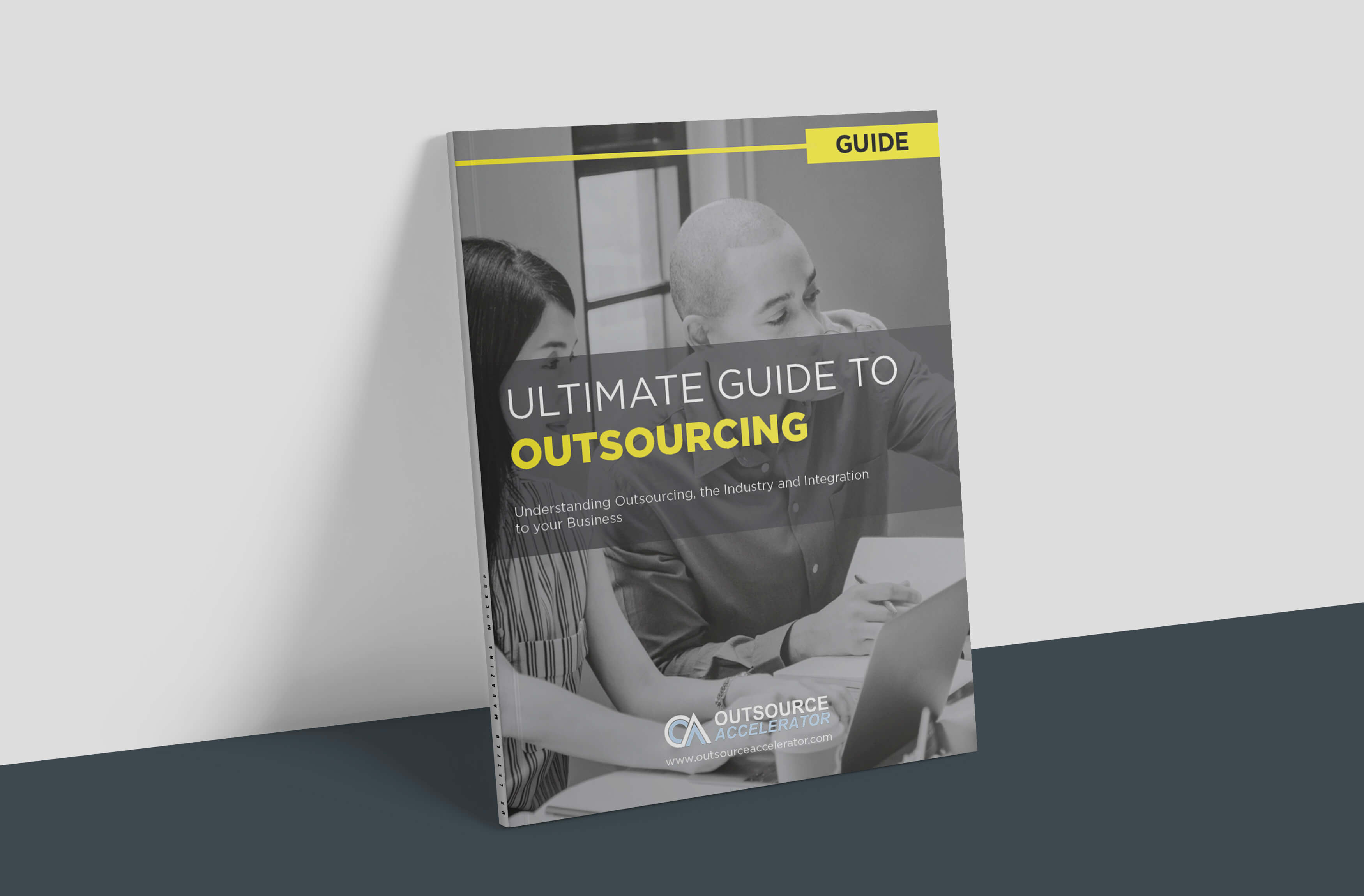How do I pay myself from my LLC?: Understanding LLC finances

Modern businesses enjoy greater flexibility in choosing their structure and how they operate, with each type following a set of rules, particularly when it comes to taxes and owner compensation.
While sole proprietorships and partnerships remain common, many business leaders opt for Limited Liability Companies (LLCs) because of their advantages.
The manner of paying yourself from an LLC will depend on whether the business has multiple members or has a single owner.
Not surprisingly, most business leaders who run LLCs are challenged by the question, “How do I pay myself from my LLC?” As a result, most hire tax specialists.
What is a Limited Liability Company (LLC)?
An LLC is a type of business structure that is more flexible and merges characteristics commonly found in corporations, sole proprietorships, and partnerships.
LLCs were introduced in the U.S. to provide business owners with liability protection, shielding their personal assets from business debts and legal claims.
Owners, referred to as members, are not personally liable for the legal or financial obligations of the LLC, meaning their personal assets are generally protected.
If an LLC is taxed as a corporation and the owner is an employee, the Internal Revenue Service (IRS) sets guidelines for reasonable compensation and proper filing of tax returns.
Let us know more about how to pay yourself from your LLC using this article.

How do you handle personal payments from LLCs based on your business structure?
Tax professionals and accountants recognize that managing the finances of an LLC differs significantly from other business structures.
The process of how to pay yourself as an owner, member, or employee corresponds to the business structure and how taxes are applied.
To help you better understand, here’s a simple guide on how to pay yourself and manage tax returns based on your business structure.
Types of LLC
1. Single-member LLC
A single-member LLC is considered a disregarded entity for taxes. This means its earnings go directly to the owner’s personal tax return and are usually paid out with an owner’s draw.
An owner’s draw reduces the owner’s equity in the business but does not affect the taxable income reported on Schedule C of IRS Form 1040.
As a sole proprietorship, the owner must pay income taxes on the business’s profits, regardless of how much is withdrawn or left in the business.
The owner must also pay self-employment tax at a rate of 15.3%, which covers both the employer and employee portions of Social Security and Medicare, similar to Federal Insurance Contributions Act (FICA) taxes.
2. Multi-member LLC (Partnership)
How you pay yourself depends on whether your multi-member LLC is taxed as a partnership or a corporation, with the IRS treating it as a partnership by default for tax purposes.
Paying yourself in a partnership is similar to a single-member LLC in that the income passes through to the individual.
A partnership doesn’t pay income tax but must file IRS Form 1065 to report income, deductions, and partner allocations. Each partner receives a Schedule K-1 to report their share of income on their individual tax return
Each partner is required to pay income tax and self-employment tax (15.3%) on their share of the partnership’s income.
Partnerships also use guaranteed payments to help members receive a minimum income for their services or capital contributions.
These payments are made regardless of the company’s overall profits and are considered taxable income to the partners who receive them.
3. Multi-member LLC (Corporation)
In an S or C corporation, members are also called shareholders. They can be hired as company workers and receive salary payments but cannot be paid in draws.
In addition to salaries, corporations may distribute a portion of their profits as dividends, which are typically declared by the board of directors based on the company’s earnings and financial strategy.
Payroll and income taxes are immediately deducted from your entire earnings when you become an employee of your company.
It is important to remember that in C corporations, the IRS sets separate income taxes for the corporation’s income tax and additional income taxes for shareholders with wages and dividends.
How to pay myself from my LLC?: Determining how much to pay yourself
Determining how to pay yourself from an LLC is essential, as your business structure affects how profits are taxed. LLCs taxed as S or C corporations follow different tax rules.
If your LLC is taxed as an S corporation, you can be an employee and receive both a salary and profit distributions, with payroll taxes applying only to the salary.
On the other hand, if your LLC is taxed as a C corporation, you may receive pay and dividends, which are taxed separately.
Follow this method to figure out how much to pay yourself from an LLC:
- First, estimate your personal expenses to guide you on how to pay yourself properly. Ensure your salary matches typical pay for your role in the local job market.
- Talk to an expert, either an in-house or virtual accountant, to see if your business profits and cash flow can support a fair salary.
- The IRS considers it vital that you pay yourself a reasonable salary, especially if you are both an owner and an employee of an LLC taxed as a corporation.
- LLCs taxed as S corporations need to balance salary and profit distributions, which can help businesses save on taxes.

Pros and cons of forming an LLC
Every business structure has its corresponding advantages and disadvantages. Business owners should identify these structures according to their objectives and business operations plan.
Familiarizing yourself with the context of an LLC and being aware of its pros and cons are the things that can categorically specify which type suits your business demand.
Pros of an LLC:
- Liability protection for personal assets
- Tax flexibility—can be taxed as a sole proprietorship, partnership, S corp, or C corp
- Pass-through taxation avoids double taxation (unless taxed as a C corp)
- Flexible management structure
- Simplified compliance compared to corporations
Cons of an LLC
- Self-employment tax applies to most LLC earnings (except distributions from an S Corp)
- Limited life—LLCs may dissolve if a member leaves, unless otherwise stated in the operating agreement
- Potential confusion without a clear operating agreement
Maximizing the benefits of having an LLC by paying yourself the right way
Making sure you pay yourself the right way from your LLC can help you take advantage of tax savings and organize your finances.
Many business owners choose to outsource tax preparation to handle payroll and taxes to make things easier and avoid mistakes.
If your LLC is set up as an S corporation, paying yourself in a way that balances salary and profit distributions can also help cut down on self-employment taxes.
One of the biggest advantages of having an LLC is the flexibility it gives you when it comes to paying yourself. You can choose a method that fits your business’s financial goals.
When you manage the method of paying yourself the right way, your business will run more smoothly and send a strong message to clients and investors that you’re on top of your finances.







 Independent
Independent




